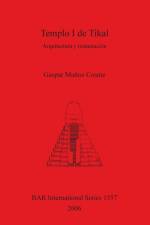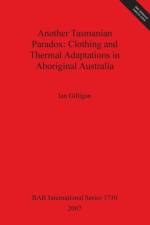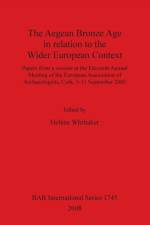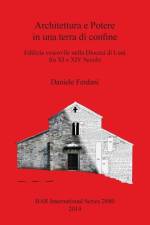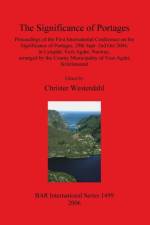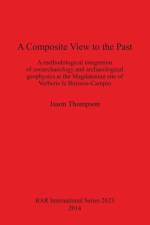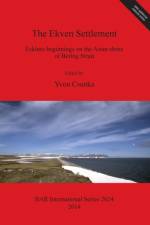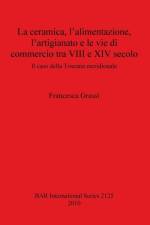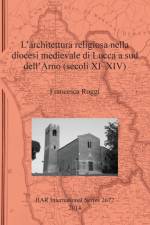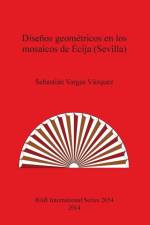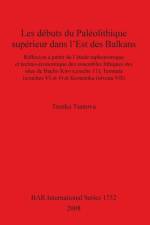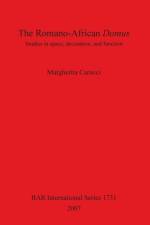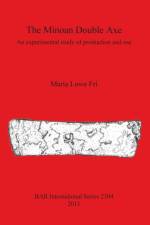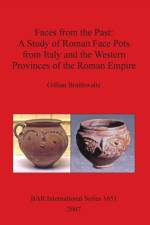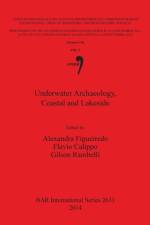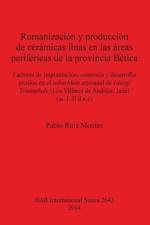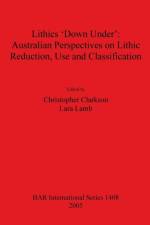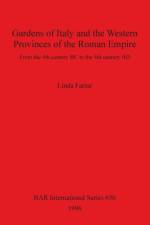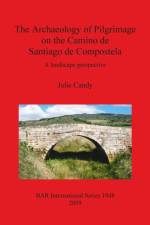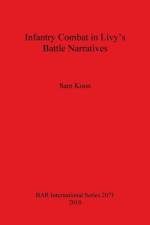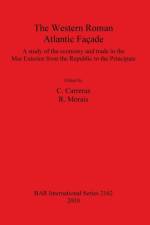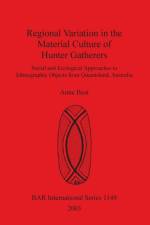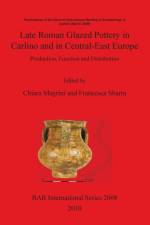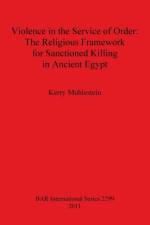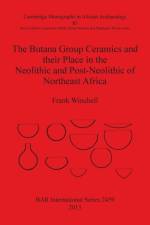- Proceedings of the First International Conference on the Significance of Portages, 29th Sept-2nd Oct 2004, in Lyngdal, Vest-Agder, Norway, arranged by the County Municipality of Vest-Agder, Kristiansand
157,00 €
Proceedings of the First International Conference on the Significance of Portages, 29th Sept-2nd Oct 2004, in Lyngdal, Vest-Agder, Norway, arranged by the County Municipality of Vest-Agder, KristiansandConveying craft and their cargoes between navigable waterways (Portages) represents a hitherto neglected feature of past transport geography. The idea of arranging an international conference on this subject first appeared during the mid-90s, when it seemed that it would be a good idea to create - and maybe also develop - a preliminary network, bringing together a number of people who shared a common field of research. This conference was eventually planned for September/October 2004 and in this volume the original English papers, and some translated from the Nordic session, have been brought together. Their subjects range geographically from Greenland to Russia, chronologically from the Mesolithic to Late Medieval, and (to a certain extent) modern times. The environments ranged from coastal to inland inter-river sites, and the topics from linguistic and etymological interests to myth making, ritual, and the experimental handling of boats at portages. A goal of the conference was to create an international network, and the embryo of such a network has been included in the proceedings. Another ambition, to include good bibliographies on the subject and its wide-ranging ramifications, has also been achieved.

